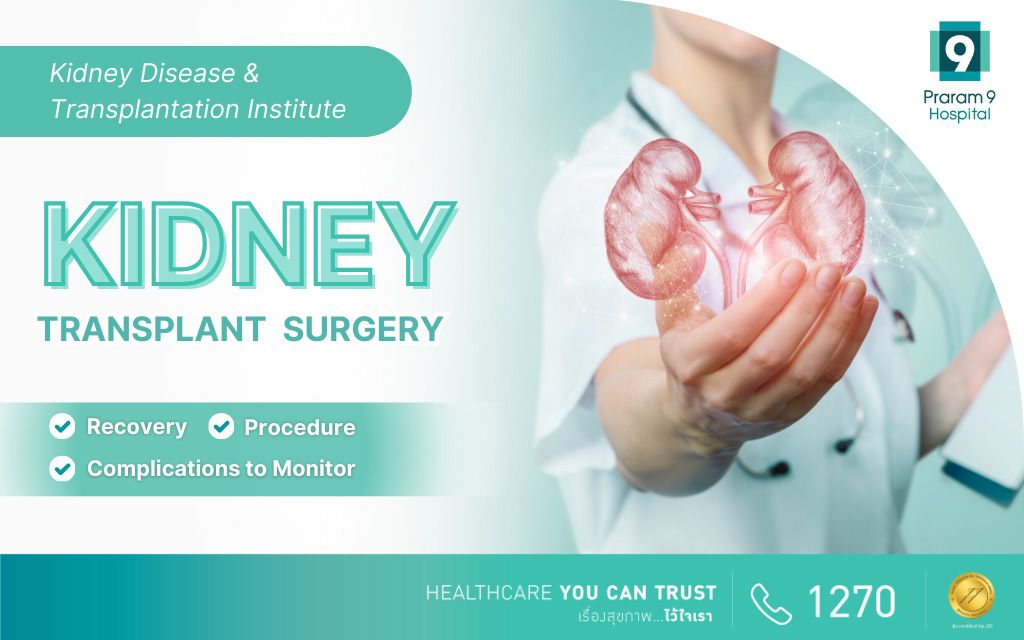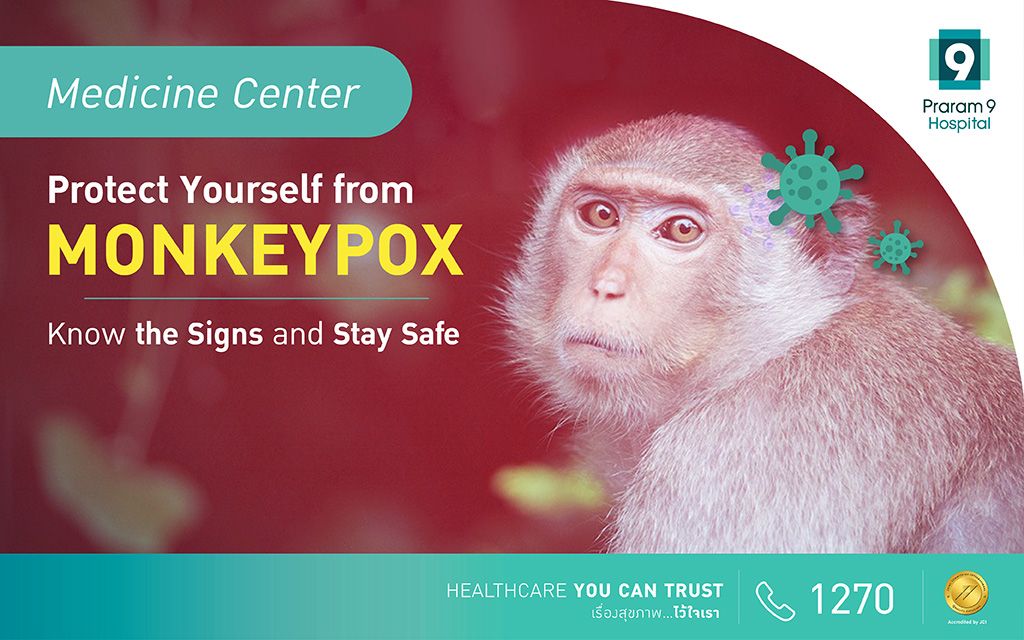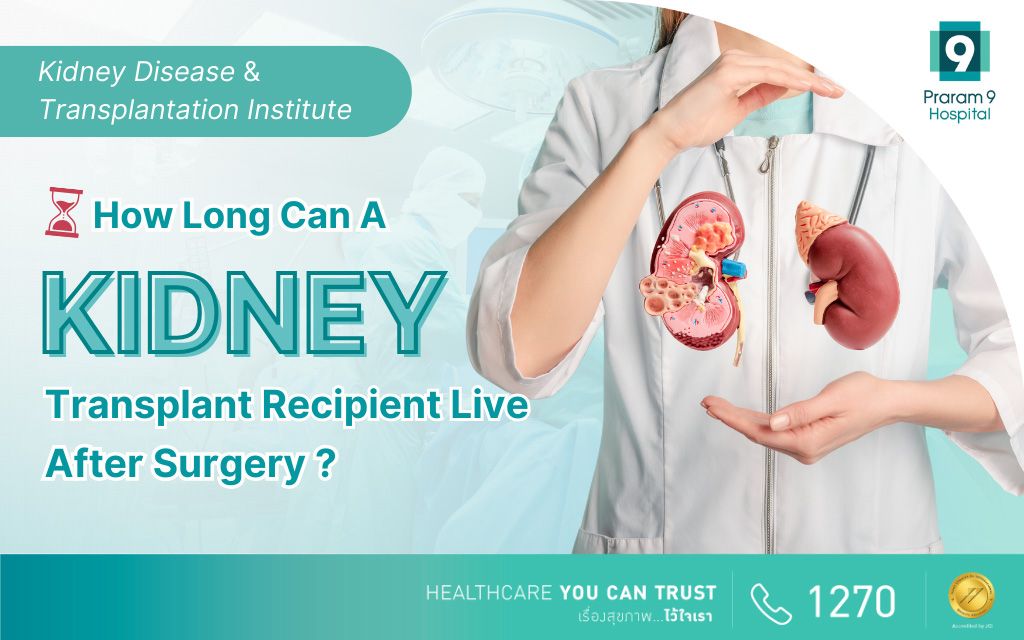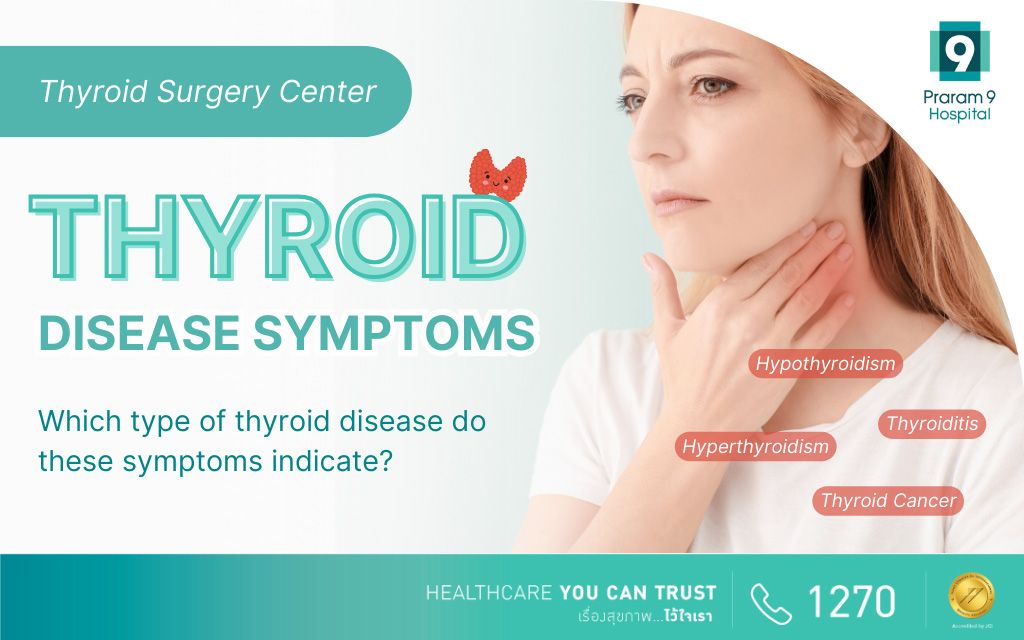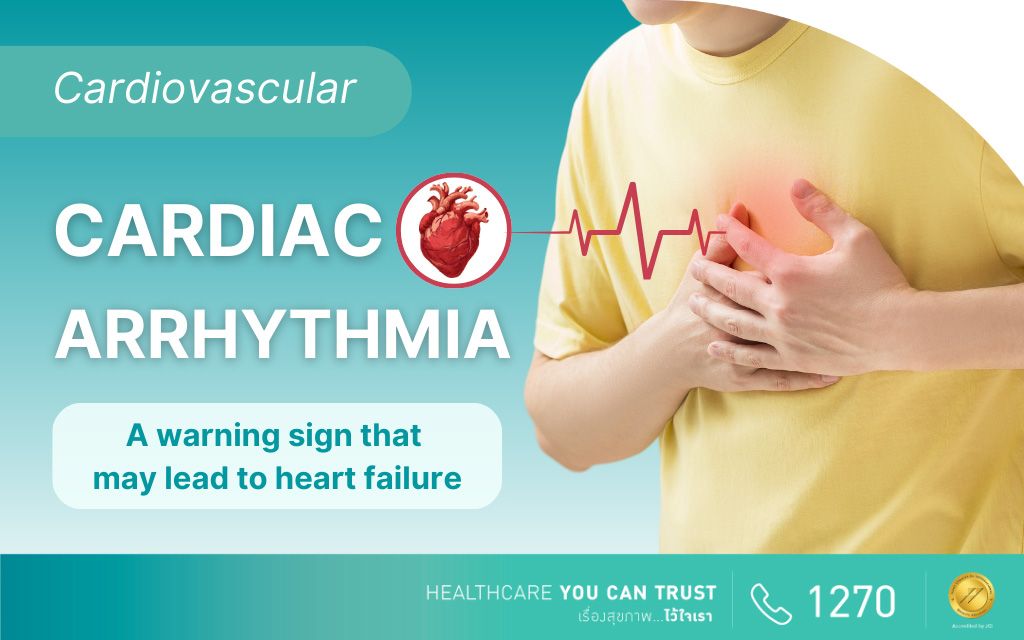Health Articles
Knowledge
Upper Gastrointestinal Bleeding: What are the symptoms and how can it be treated?
RAPEEPUN KALAYAVINAI,M.D.
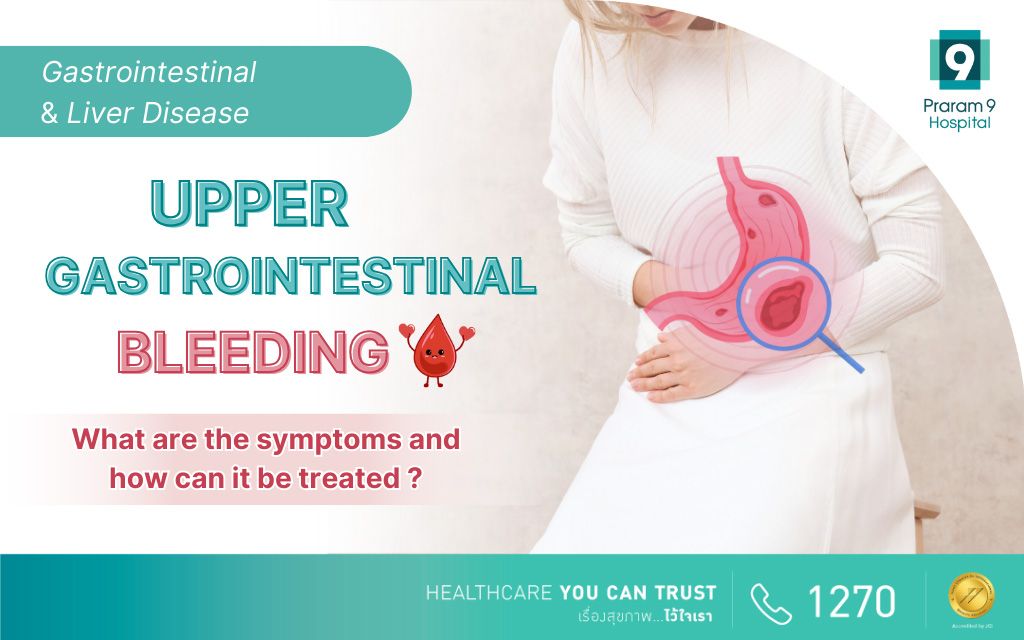
Upper gastrointestinal bleeding is a common condition that can result from various causes. It can occur in anyone but is more frequently seen in the elderly, men, and those with pre-existing health conditions. Understanding this condition is important to recognize symptoms, take care of yourself, and seek prompt treatment. If left untreated or if there is significant blood loss, it can lead to shock or even death due to complications from the blood loss.
Table of contents
- What is the Digestive Tract?
- Causes of Upper Gastrointestinal Bleeding
- Symptoms of Upper Gastrointestinal Bleeding
- Symptoms of Upper Gastrointestinal Bleeding That Require Immediate Medical Attention
- How Symptoms of Upper and Lower Gastrointestinal Bleeding Differ
- Diagnosis of Upper Gastrointestinal Bleeding
- Treatment of Upper Gastrointestinal Bleeding
- Prevention of Upper Gastrointestinal Bleeding
- Conclusion
What is the Digestive Tract?
The digestive system is the network of organs responsible for transporting and digesting food from the mouth to the anus. It includes several organs that work together: the mouth, pharynx, esophagus, stomach, small intestine, large intestine, and anus. These organs perform functions such as moving and squeezing food through the digestive process, absorbing nutrients, and converting waste into stool, which is then expelled through the rectum and anus.
Upper Gastrointestinal Tract
The upper gastrointestinal tract, or upper digestive tract, consists of the esophagus, stomach, and the beginning of the small intestine. It also connects to the pancreas and bile duct. The pancreas produces and secretes digestive enzymes into the first part of the small intestine, where the majority of digestion occurs.
Lower Gastrointestinal Tract
The lower gastrointestinal tract includes the middle and lower parts of the small intestine, the large intestine, rectum, and anus. The middle and lower parts of the small intestine primarily function to absorb nutrients and minerals into the body. The large intestine absorbs water from the waste material and some vitamins, and produces stool for elimination from the body.
Causes of Upper Gastrointestinal Bleeding
Upper gastrointestinal bleeding can result from various causes, which can be categorized as follows:
Causes of Esophageal Bleeding
- Esophageal Variceal Rupture: This occurs due to the rupture of dilated veins in the esophagus, often seen in patients with liver cirrhosis.
- Esophagitis: Inflammation of the esophagus, commonly caused by gastroesophageal reflux disease (GERD).
- Esophageal Cancer: Tumors in the esophagus can cause bleeding.
- Mallory-Weiss Syndrome: This condition involves tearing at the junction between the esophagus and the stomach, often due to severe or repeated vomiting or conditions that increase abdominal pressure.
Causes of Gastric Bleeding
- Gastric Ulcers: Can be caused by:
- Helicobacter pylori (H. pylori) infection
- Alcohol consumption
- Inappropriate use of aspirin (a pain reliever)
- Inappropriate use of NSAIDs (non-steroidal anti-inflammatory drugs), such as ibuprofen
- Gastritis (inflammation of the stomach lining)
- Stress, such as from accidents or surgeries
- Gastric cancer
Causes of Duodenal Bleeding (Upper Part of the Small Intestine)
- Duodenal Ulcers: Can be caused by:
- Helicobacter pylori (H. pylori) infection
- Inappropriate use of aspirin
- Inappropriate use of NSAIDs, such as ibuprofen
- Inflammation from irritable bowel syndrome (IBS)
- Small intestine cancer
Symptoms of Upper Gastrointestinal Bleeding
- Vomiting Blood: The presence of blood in vomit, which may appear bright red or have a “coffee ground” appearance.
- Nausea: Feeling of queasiness or urge to vomit.
- Abdominal Pain: Pain in the upper abdomen, especially around the epigastric area.
- Loss of Appetite: Reduced desire to eat.
- Difficulty Swallowing: Trouble swallowing food.
- Black or Tar-like Stools: Stools that are dark, sticky, and have a foul odor, indicating digested blood.
- Abdominal Distress: Pain and bloating, similar to symptoms of irritable bowel syndrome (IBS).
- Frequent Urge to Defecate: An abnormal increase in the frequency of bowel movements.
- Fatigue: Feeling unusually tired or weak.
- Rapid, Weak Heartbeat: Elevated heart rate with weak pulses.
- Fainting or Loss of Consciousness: Possible collapse or loss of consciousness.
- Low Blood Pressure: May lead to shock if severe.
Symptoms of Upper Gastrointestinal Bleeding That Require Immediate Medical Attention
If you experience any of the following symptoms, seek medical help urgently, as they may indicate severe complications such as shock:
- Dizziness, Fainting, or Loss of Consciousness: Sudden episodes of faintness or unconsciousness.
- Severe Abdominal Pain: Intense and persistent pain in the abdomen.
- Shortness of Breath: Difficulty breathing or feeling unusually fatigued during exertion.
- Sweating, Palpitations, or Chills: Excessive sweating, rapid heartbeat, or feeling cold and shivering.
- Severe Abdominal Distension: Significant bloating and abdominal pain.
- Jaundice: Yellowing of the skin or eyes, or abnormal pallor.
- Bruising: Unexplained bruises on the body.
- Weak and Rapid Pulse: Abnormally weak and fast heart rate.
- Low Blood Pressure: Noticeably low blood pressure.
How Symptoms of Upper and Lower Gastrointestinal Bleeding Differ
Upper Gastrointestinal Bleeding
- Common symptoms include vomiting blood and having black, tar-like stools, which indicate digested blood.
Lower Gastrointestinal Bleeding
- Stools are usually of normal color but may contain bright red blood.
To accurately diagnose the cause and location of bleeding, a thorough physical examination by a doctor and various diagnostic tests are necessary.
Diagnosis of Upper Gastrointestinal Bleeding
To diagnose upper gastrointestinal bleeding, the following methods are used:
- Medical History and Physical Examination: The doctor will review symptoms, their duration, any medications used, and perform a physical examination.
- Laboratory Blood Tests: These tests evaluate red blood cell count, blood concentration, platelet levels, blood clotting ability, and liver and kidney function.
- H. pylori Testing: Detection of Helicobacter pylori infection in the stomach, often through a breath test.
- Stool Test: Examination for the presence of occult blood (hidden blood) in the stool.
- Gastric Lavage: Insertion of a tube to wash out the stomach and assess the severity of bleeding.
- Esophagogastroduodenoscopy (EGD): An endoscopic procedure to visually inspect the upper digestive tract, including the esophagus, stomach, and duodenum.
- Abdominal Ultrasound: Imaging to assess the pancreas, gallbladder, bile ducts, and liver.
- Capsule Endoscopy: Swallowing a capsule with a camera to examine the small intestine.
- Angiography: Injection of a contrast dye to visualize blood vessels in the gastrointestinal tract.
- Computed Tomography (CT) Scan: Imaging to identify sources of bleeding and assess the extent of the problem.
Treatment of Upper Gastrointestinal Bleeding
Treatment for upper gastrointestinal bleeding depends on the cause and severity of the condition. The following approaches may be considered:
Medication
Acid-Reducing Drugs: Medications to decrease stomach acid production, often combined with lifestyle changes to manage symptoms and reduce bleeding.
Blood Transfusion
For Chronic or Severe Bleeding: If the patient has significant blood loss, low blood concentration, or low platelet levels, blood transfusions help restore blood volume, red blood cells, and platelets, This aids in clotting and prevents shock.
Endoscopic Therapy
Primary Treatment: For bleeding in the upper gastrointestinal tract or issues with blood vessels in the upper digestive system. The procedure involves using an endoscope to inject substances that promote clotting or to treat ulcers using techniques such as thermal cauterization.
Interventional Radiology
For Cases Not Amenable to Endoscopy: This involves injecting contrast dye to visualize blood vessel abnormalities in the upper gastrointestinal tract and then addressing these issues to stop the bleeding.
Surgery
For Severe or Intractable Cases: Surgical intervention may be necessary for critical bleeding or when other methods fail. Surgery may involve stitching wounds, addressing severe bleeding points, or correcting vascular abnormalities in the upper digestive tract.
Prevention of Upper Gastrointestinal Bleeding
- Avoid Spicy and High-Fat Foods: Refrain from consuming foods that are overly spicy or high in fat.
- Limit Caffeine Intake: Reduce consumption of caffeinated beverages such as coffee, tea, and soda.
- Avoid Smoking and Alcohol: Steer clear of smoking and excessive alcohol consumption.
- Use Pain Relievers Wisely: When using NSAIDs (e.g., aspirin or ibuprofen) or steroid medications, do so appropriately and consult a doctor or pharmacist for guidance.
- Eat Regularly and Avoid Heavy Meals Before Bed: Maintain a consistent eating schedule and avoid large meals close to bedtime.
- Choose Clean and Well-Cooked Foods: Ensure food is properly cooked, hygienic, and wash hands before eating. Drink at least 8 glasses of clean water daily.
- Reduce Stress: Practice stress-relief techniques such as meditation or engaging in hobbies.
- Get Adequate Rest: Aim for 6-8 hours of sleep each night.
- Exercise Regularly: Engage in physical activity at least 3 times a week or for a total of 150 minutes per week.
- Eat a Balanced Diet: Include a variety of foods in your diet, emphasizing vegetables and fruits high in fiber and minerals.
- Have Regular Health Check-Ups: Schedule annual health screenings to monitor and detect potential issues early.
Conclusion
Upper gastrointestinal bleeding is characterized by symptoms such as vomiting blood, abdominal pain, nausea, and black, tar-like stools. This condition requires urgent medical attention, as significant blood loss can lead to shock or death. Treatment involves not only addressing the bleeding itself but also making lifestyle changes to improve treatment effectiveness. Regular health check-ups are crucial for monitoring and early detection of potential issues.
About the Author





